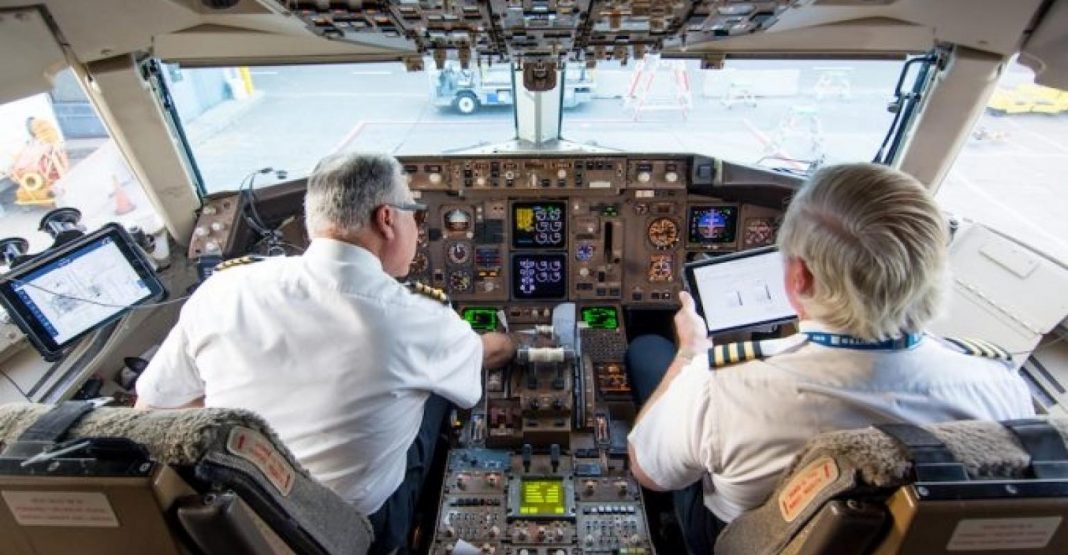The world is made smaller by the numerous advancements in communications recently. From a world that relied on messengers traveling on foot and mails that take months to reach the other side of the world, to short messages sent in seconds and calls made halfway around the world and video conferencing no matter which separate continents you are in, communications technology has definitely gone a long way. These different technologies are made available to homes, offices, malls, basically anywhere on land, as long as you have access to different communication signals, may they be via cable or wireless means.
People are hardly inaccessible nowadays. Most public areas have Internet and mobile access that anyone can go online 24/7. One would think that the only time a person can rid of all communication lines would be if a person is in the air or underwater.
Although there are various products that cater to underwater communications, that is a topic set for another day. In this article, we will focus more on the different in-flight offerings available to traveling customers.
In-flight Connectivity
Imagine getting stuck in a 15-hour flight to Asia. If your main purpose for travel is business, you’d want to be able to maximize your travel time and at least prepare your presentation or send pertinent documents to your secretary. You may also want to make calls and check up on the business you left back home. If you’re simply on a flight back home, you’d want to check out what’s been happening in your local scene by checking your Facebook account, just so at least you’re not left out of the conversations when you get back. All these, no matter if you’re suspended in the air a few thousand feet, are possible if only the carrier you chose to book your flight with having in-flight calls and Internet services.
Nowadays, most Airbus aircraft are equipped with in-flight connectivity, which allows their passengers to receive calls and send SMS using their mobile handsets. Passengers are then charged $2.50 per minute and $0.50 per SMS. This service is controlled and can be limited by the airplane crew.
Meanwhile, for those who would want to surf the Internet, this offering is made available by AirCell. Some airlines which provide this service are JetBlue Airways, which allows their passengers to send instant messages; and Virgin America, as well as Alaska Airlines who offer Internet access. American Airlines has also equipped its planes with high-speed online capabilities.
Safety Concerns with In-flight Technology
Although this kind of technology is gaining popularity in some, others find it bothersome, as chattering over the phone may lead to disturbance of other passengers. But aside from this, a more pressing concern about the use of in-flight communications is regarding safety.
Bottom Line
The use of electronic devices such as mobile phones and laptops are prohibited during flights because they send out radio signals, which could cause interference to communication and navigation pieces of equipment. Unless providers could ensure that these services are safe to use on-board and could guarantee that they have no negative effects, there will always be some who will oppose the idea.
